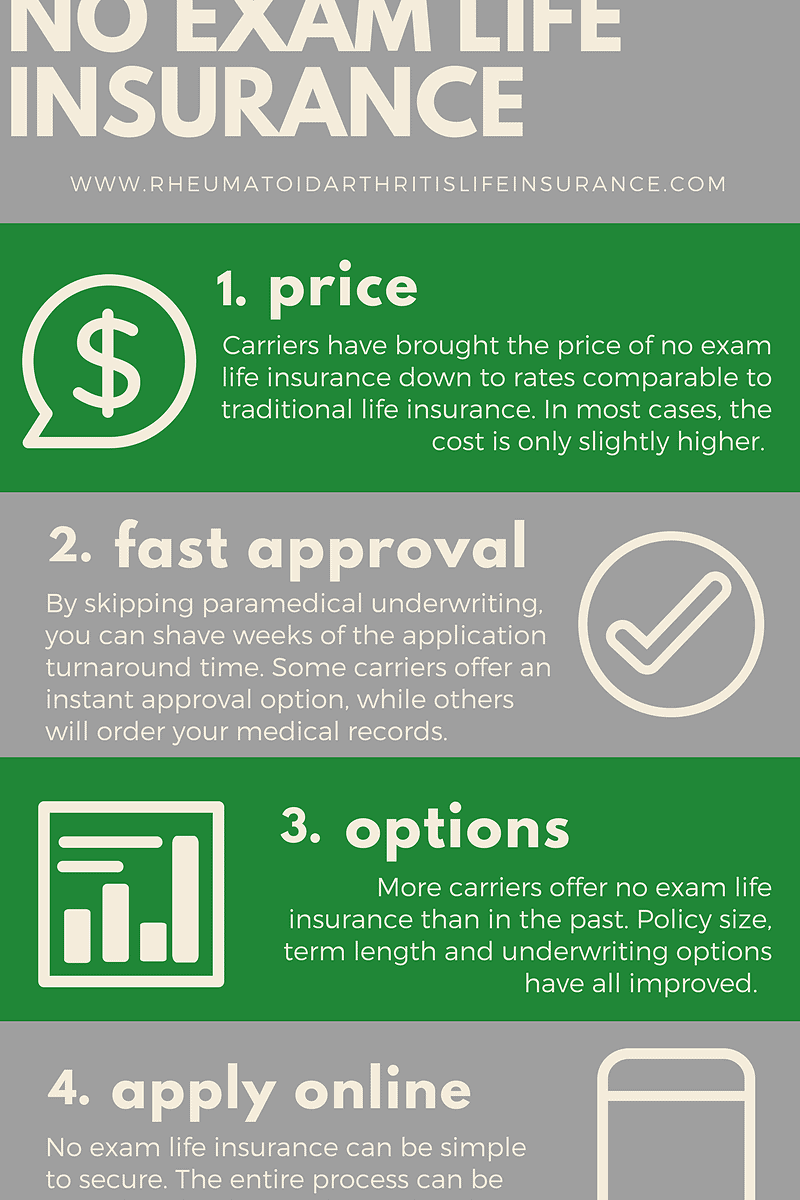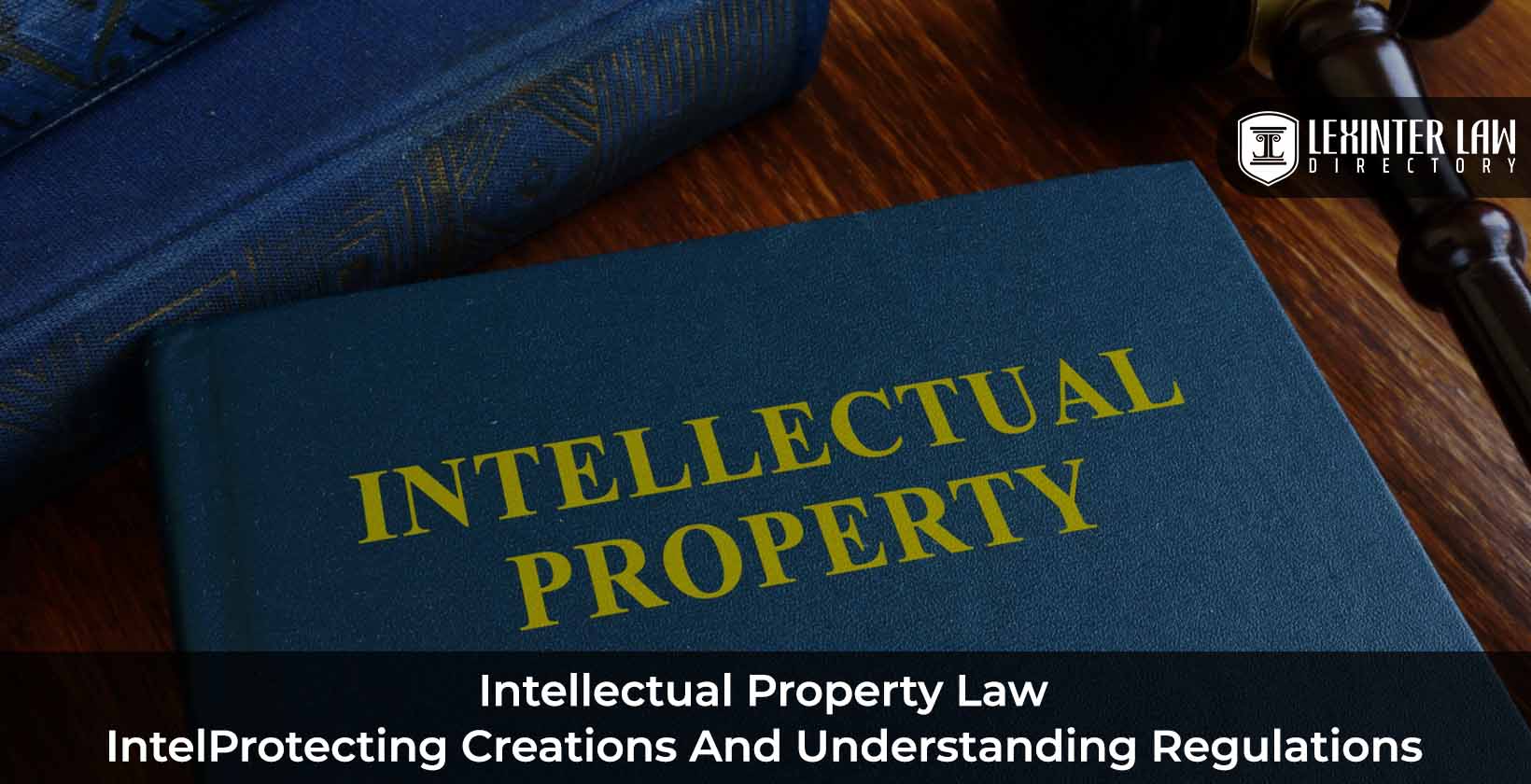Who’s at Fault in a Car Accident?
Assigning blame in a car accident is never easy, but it’s crucial to determine who is at fault for insurance purposes, legal liability, and peace of mind. Various factors come into play when assessing fault, and understanding these elements can assist in reaching a fair and accurate conclusion.
Determining Fault in a Car Accident
Determining fault in a car accident hinges on a thorough analysis of the contributing factors. Typically, fault is assigned based on the actions or omissions of the drivers involved. Negligence, recklessness, or intentional misconduct are common grounds for establishing liability. Proving fault often requires gathering evidence from various sources, such as police reports, witness statements, and physical evidence from the accident scene.
One crucial aspect of determining fault is establishing causation. To prove that a driver’s actions caused the accident, it must be demonstrated that their conduct was a substantial factor in bringing about the collision. In other words, the driver’s actions must have been a direct and proximate cause of the accident.
Comparative negligence is another important consideration in assigning fault. In some jurisdictions, even if one driver is found to be primarily at fault, the other driver may still share some degree of responsibility if their actions also contributed to the accident. Comparative negligence laws vary from state to state, so it’s essential to consult with an attorney to understand how they may apply in a specific case.
Insurance companies play a significant role in determining fault in car accidents. They thoroughly investigate the circumstances surrounding the collision and assess the evidence to assign liability. Insurance adjusters may consult with experts, such as accident reconstructionists, to provide technical insights and help determine fault accurately.
Who’s at Fault in a Car Accident?
When you find yourself in the unfortunate situation of being involved in a car accident, determining who is at fault is crucial. Assigning liability can significantly impact your insurance claims, legal responsibilities, and financial compensation. Understanding the legal principles of negligence and other factors contributing to car accidents can guide you in establishing fault.
1. Negligence
Negligence forms the cornerstone of most car accident liability cases. Negligence is a legal doctrine that holds individuals accountable for harm caused by their careless actions or omissions. In the context of car accidents, negligence often manifests itself in the failure to adhere to traffic laws, drive safely, and maintain proper vehicle control. Proving negligence requires establishing four elements: duty of care, breach of duty, causation, and damages.
2. Fault Determination
Assigning fault in car accidents involves a thorough analysis of various factors. These factors include:
- Traffic Laws Violations: Disobeying traffic signals, speeding, or failing to yield can constitute negligence and establish fault.
- Driving Under the Influence: Operating a vehicle while intoxicated or under the influence of drugs is a serious offense that can result in significant liability.
- Distracted Driving: Engaging in activities such as texting, talking on the phone, or eating while driving can impair judgment and decision-making, potentially leading to accidents.
- Vehicle Defects: In some cases, accidents may occur due to mechanical malfunctions or defects in vehicles. Establishing negligence in these situations requires proving that the defect existed and caused the accident.
li>Reckless Driving: Engaging in dangerous or aggressive driving behavior, such as tailgating, cutting off other vehicles, or street racing, can constitute reckless driving and fault.
It’s important to note that fault can be shared between multiple parties in a car accident. For example, if one driver is speeding and fails to yield, while the other driver is distracted by texting, both parties may be deemed negligent and share liability for the accident.
Who’s at Fault in a Car Accident? Determining Liability
A car accident can be an emotional and confusing experience, and one of the first questions that may arise is: who’s at fault? Determining fault in a car accident can be a complex process, and there is no one-size-fits-all answer. However, there are several factors that can help determine who is liable for the accident, and understanding these factors can help you protect your rights and interests.
Negligence
Negligence is the legal term for carelessness or recklessness that causes harm to another person. In the context of a car accident, negligence can include any action or inaction that falls below the standard of care that a reasonable person would have exercised in the same situation. Negligence can be either intentional or unintentional, and it can be caused by a variety of factors, such as driving under the influence of alcohol or drugs, speeding, or failing to yield the right of way.
Comparative Negligence
In some jurisdictions, comparative negligence is a legal doctrine that allows the court to assign a percentage of fault to each party involved in an accident. Under comparative negligence, the injured party’s compensation may be reduced by the percentage of fault that they are found to have contributed to the accident. For example, if a driver is found to be 20% at fault for an accident, their compensation may be reduced by 20%.
Contributory Negligence
Contributory negligence is a legal doctrine that completely bars an injured party from recovering compensation if they are found to have contributed to the accident, even if their contribution was minor. Contributory negligence is a harsh doctrine, and it is only applied in a few jurisdictions. However, it is important to be aware of this doctrine if you are involved in an accident in a jurisdiction where it is applied.
If you have been involved in a car accident, it is important to speak to an attorney to discuss your rights and options. An attorney can help you determine who is at fault for the accident, and they can help you pursue compensation for your injuries.
Who’s At Fault in a Car Accident?
Car accidents are a fact of life, and they can be a major hassle to deal with. If you’re in an accident, it’s important to know who’s at fault so you can get the compensation you deserve. In most cases, the driver who caused the accident is the one who’s at fault. But there are some exceptions to this rule. For example, if you’re hit by a driver who’s under the influence of alcohol or drugs, the other driver is almost certainly going to be at fault. Determining fault in a car accident can be a complex process. There are many factors to consider, such as who had the right-of-way, who was speeding, and who was driving under the influence of alcohol or drugs.
Proving Fault
Once you’ve determined who’s at fault, you need to prove it. This can be done by gathering evidence, such as witness statements, police reports, and photographs of the accident scene. If you have any injuries, you should also get a doctor’s report to document your injuries. The more evidence you have, the stronger your case will be. If you’re not sure who’s at fault in your accident, or if you’re having trouble proving fault, you should contact an attorney. An attorney can help you investigate the accident and gather evidence to support your case.
Comparative Fault
In some states, comparative fault laws are in place. These laws assign a percentage of fault to each party involved in an accident. This can affect the amount of compensation awarded to the injured party. For example, if you’re found to be 25% at fault for an accident, you may only be able to recover 75% of your damages. Comparative fault laws can be complex, so it’s important to speak to an attorney if you’re involved in an accident in a state that has comparative fault laws.
Negligence and Fault
When determining who is at fault in an accident, negligence and fault go hand in hand. Negligence is the failure to exercise reasonable care. In the context of a car accident, negligence can include things like speeding, running a red light, or driving under the influence of alcohol or drugs. If a driver is negligent, they may be held liable for any damages caused by the accident. Fault is the legal responsibility for an accident. It is determined by proving that the other driver was negligent and that their negligence caused the accident. Fault can be assigned to one or both drivers involved in an accident.
No-Fault Laws
In some states, no-fault laws are in place. These laws mean that each driver’s own insurance company will pay for their damages, regardless of who is at fault for the accident. No-fault laws can simplify the process of getting compensation after an accident, but they can also limit the amount of compensation that you can recover. If you’re involved in an accident in a no-fault state, it’s important to speak to an attorney to understand your rights.
Who’s at Fault in a Car Accident?
Determining fault in a car accident is crucial for assigning liability and resolving claims. However, it’s not always cut and dry, as various factors can influence the outcome. Understanding the legal principles and potential complexities involved is essential to navigate the process effectively.
Determining Fault
Establishing fault typically involves analyzing driver actions and violations, road conditions, and other relevant circumstances. Law enforcement provides preliminary fault assessments, but insurance companies conduct thorough investigations to determine coverage and liability. Negligence, or a lack of reasonable care, is often central to fault determinations.
Role of Negligence
Negligence arises when a driver breaches their duty of care to other road users. This includes driving under the influence of alcohol or drugs, speeding, running stop signs or traffic lights, and failing to yield. Establishing negligence can strengthen a fault claim, leading to the at-fault party being held accountable for the accident’s consequences.
Contributory Negligence
In some cases, more than one driver may share fault in an accident. Contributory negligence means that both parties breached their duty of care, leading to the collision. Assigning fault percentages in such situations requires careful examination of each driver’s actions and the impact on the accident’s outcome.
Comparative Negligence
Comparative negligence laws vary by jurisdiction, but they generally allow fault to be divided between parties in proportion to their negligence. This differs from contributory negligence, where even a small degree of fault can bar recovery. Comparative negligence principles can result in damage awards being reduced based on the degree of fault.
Insurance Factors
Insurance coverage plays a significant role in determining liability in car accidents. Insurance companies investigate claims to determine fault and determine coverage based on policy provisions. They consider factors such as liability coverage limits, deductibles, and exclusions. Understanding insurance-related issues can help individuals navigate the aftermath of an accident and maximize their compensation.
Who’s at Fault in a Car Accident?
Pinpointing fault in a car accident is like solving a puzzle — you need to gather the pieces and put them together to determine who’s responsible. It’s not always a clear-cut case; there are often multiple factors and parties involved.
Assigning liability in a car accident hinges on establishing negligence, which boils down to proving that a driver breached their duty of care and caused the accident. The standard of care requires drivers to act reasonably and prudently to avoid harm to others. If a driver falls short of that standard, they may be deemed negligent.
Determining Fault: A Balancing Act
Figuring out who’s at fault in a car accident is a balancing act, weighing the actions and responsibilities of each driver involved. It’s less like a game of assigning blame and more like a quest for fairness. The goal is to determine which driver’s actions caused the accident and to what extent.
Contributory Negligence: Sharing the Responsibility
In some cases, more than one driver may share responsibility for an accident. This is known as contributory negligence. For instance, if one driver runs a red light and another driver is speeding, both parties may be partially at fault. In such cases, each driver’s negligence is weighed to determine their percentage of fault.
Comparative Negligence: A Fairer Approach
Many states have adopted a fairer approach called comparative negligence, which allows for varying degrees of fault to be assigned to each driver involved. Under this system, a driver can still recover damages even if they are partially at fault. However, their award may be reduced in proportion to their degree of negligence.
Evidence and Documentation: Crucial Pieces of the Puzzle
Evidence, such as police reports, witness statements, and medical records, can be crucial in establishing fault and proving liability. Police reports often provide an unbiased account of the accident, while witness statements can shed light on what happened. Medical records document the extent of injuries, which can help determine the severity of the accident and the damages.
Insurance and Fault: A Tangled Web
Insurance companies play a significant role in car accident cases. They investigate accidents, evaluate fault, and determine the amount of compensation to be paid. It’s crucial to understand your own insurance policy and the policies of other drivers involved in the accident. Insurance companies may have different interpretations of fault, so it’s wise to consult with an attorney if you have any questions.
Seeking Legal Advice: When to Call in the Pros
If you’ve been involved in a car accident, it’s advisable to seek legal advice to protect your rights and ensure you receive fair compensation. An attorney can help you navigate the complexities of fault determination, insurance claims, and legal proceedings. They can also guide you through the process of filing a lawsuit if necessary.
Remember, determining fault in a car accident is a complex process that requires a thorough investigation of the facts. By understanding the factors involved, you can take the necessary steps to protect your rights and seek fair compensation.




Leave a Reply